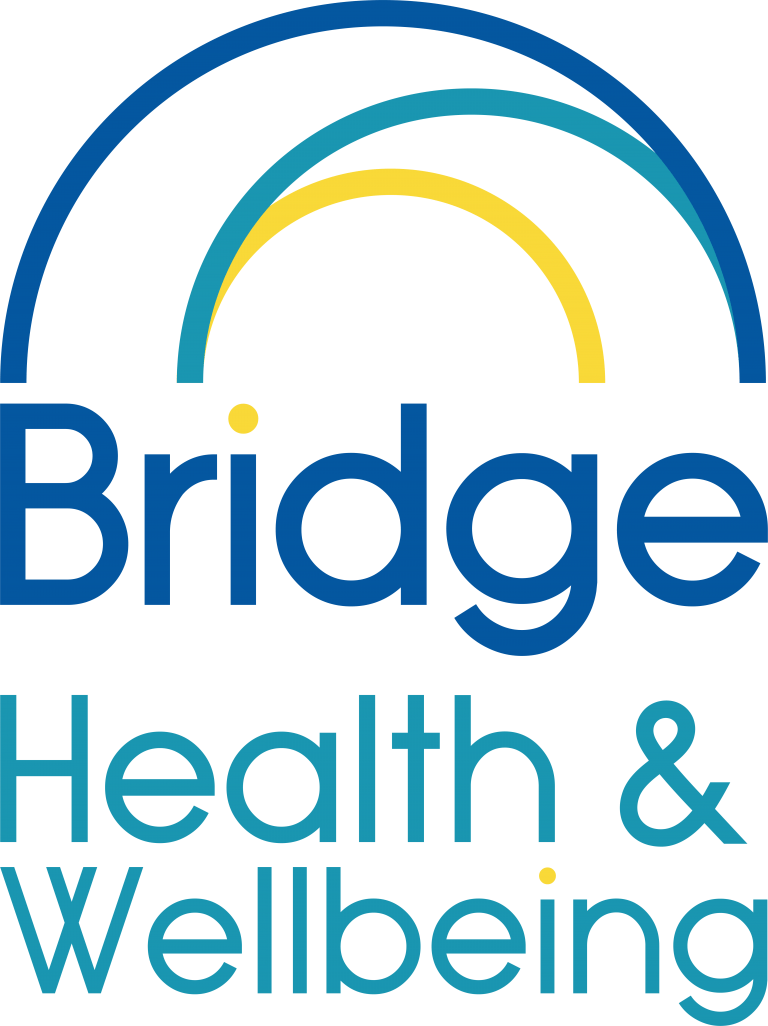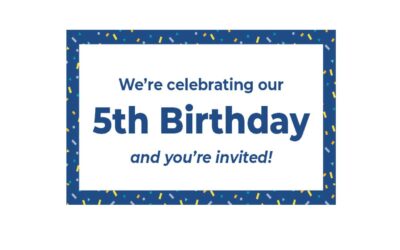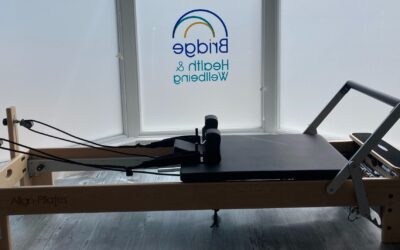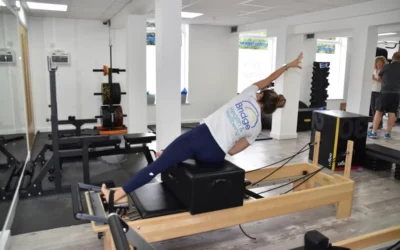What is Pilates?
If you are have ever wondered what is Pilates and where to begin, then look no further.
As a beginner to Pilates, it is always best to look for a teacher that is specifically qualified in Pilates.
There are many reputable teaching schools out there who all have pages with links to instructors in your area:
- Body Control Pilates http://www.bodycontrolpilates.com/shop/teacher-finder.php
- Scott https://www.merrithew.com/find-an-instructor
- Pilates Foundation https://www.pilatesfoundation.com/find-a-teacher/
You must make sure that the instructor is insured and registered with the Pilates Association. It is also good to go with personal recommendations too.
Initially, we recommend you start with a one-to-one session. This can help you begin to learn about the Pilates principles and get to know a little about the philosophy behind Pilates. A one-to-one session also gives you the opportunity to ask questions. It gives your teacher the opportunity to review your health screening or enrolment form, enabling you to set goals and aims for the coming weeks and months. Think ‘Why do you want to do Pilates? What do you want to get out of the classes?’
Equipment is usually provided by the instructor. You will use a non-slip mat (approx. 8-10mm thick). You may also use a small head cushion or folded towel and occasionally foam blocks, stretch bands, balls and rollers! You can wear anything that you feel that you can move in comfortably. Lycra is not essential, but form-fitting clothes can help your teacher see how you are moving more easily. Non-slip socks are preferred for the feet.
Mat based Pilates begins in one of six starting positions:
- standing
- seated
- 4 point-kneeling
- laying on your side
- laying on your front (prone)
- lying down on your back (supine)
In each of these starting positions, your aim is to begin in what your teacher will call ‘neutral pelvis and spine’. Neutral is a term that is used a lot in Pilates classes. It means that the spine is held in its natural ‘s’ shape curve. Some spines are curvier than others and there is no ‘one shape fits all’. So you need to find your neutral. The easiest way to do this is in a supine position, laying on the mat. Laying on the mat in a supine position is called the ‘relaxation position’ and is usually the first position that you will learn.
Breathing is also a big part of Pilates and can sometimes be overwhelming to master at first. Wide, lateral breathing is used a lot. It encourages the lungs to fill and the small muscles between the rib cage to expand. This allows the body and breath to work together, creating a flow of movement.
What is Pilates? It is an exercise that challenges both the mind and the body.
You often need to think about what is moving, and what is staying still. Concentrating and taking an inward view of yourself is a skill to learn. To be able to channel your concentration inwards can be hard. We are used to whizzing about doing 100 things at a time at 100 miles an hour. This can make Pilates even more worthwhile, giving you time to press pause and make time for you.

Louise O’Connell (BSC, BCP LEVEL 3 MATWORK) is a Pilates expert with 15 years’ experience in the private fitness industry. She started her career with a degree in Sports Studies, before going on to work for a number of health clubs, spas and corporate gyms. Louise is a qualified specialist in Body Control Pilates, with a growing band of happy classmates and tutees in her Pilates classes in Christchurch, Dorset at Bridge Health & Wellbeing and her interactive Pilates classes on Zoom.
To book your class contact us on 01202 473800 or email info@bridgehw.com.
“Since starting Pilates I’m amazed how quickly I noticed the benefits and results. My posture and core strength are noticeably improved as well as feeling more energised. It’s a great workout for the entire body. I always leave the class feeling better, mentally and physically.”
Christine C



